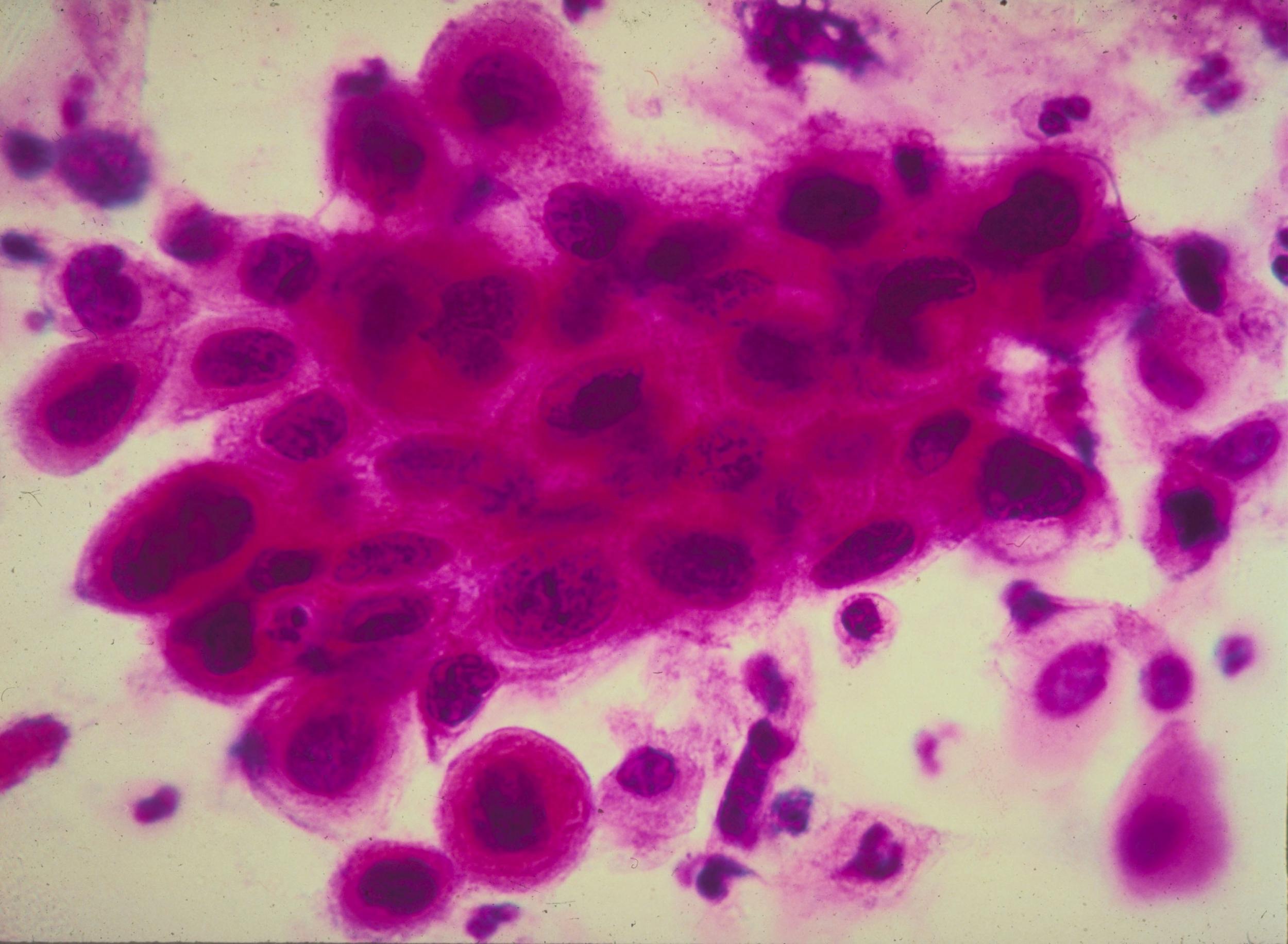Scientists create tiny metal ‘terminators’ that can kill off cancer cells

Your support helps us to tell the story
From reproductive rights to climate change to Big Tech, The Independent is on the ground when the story is developing. Whether it's investigating the financials of Elon Musk's pro-Trump PAC or producing our latest documentary, 'The A Word', which shines a light on the American women fighting for reproductive rights, we know how important it is to parse out the facts from the messaging.
At such a critical moment in US history, we need reporters on the ground. Your donation allows us to keep sending journalists to speak to both sides of the story.
The Independent is trusted by Americans across the entire political spectrum. And unlike many other quality news outlets, we choose not to lock Americans out of our reporting and analysis with paywalls. We believe quality journalism should be available to everyone, paid for by those who can afford it.
Your support makes all the difference.Scientists have created tiny metal “nanoterminators” that they hope can carry cancer drugs straight to the problem cells.
The researchers hope that the new solution can allow doctors to send treatments much more quickly to their target, potentially allowing for the treatemnet of cancer much more effectively.
The new development uses a liquid metal that is placed in a solution and then into the bloodstream, where it can attach itself to cancer cells and kill them off. Once that is done, the metal can then biodegrade.
“The advance here is that we have a drug-delivery technique that may enhance the effectiveness of the drugs being delivered, can help doctors locate tumors, can be produced in bulk, and appears to be wholly biodegradable with very low toxicity,” said Zhen Gu, one of the authors of the paper, in a statement. “And one of the advantages of this technique is that these liquid metal drug carriers – or ‘nano-terminators’ – are very easy to make.”
To make the drug, researchers put the metal into a solution that has two different molecules in it. That is then hit with ultrasound, which transforms them to make them into carriers.
Scientists can then introduce cancer drugs into the solution, take the nanodroplets and put them into the bloodstream.
Because of the way that they are created, the tiny droplets seek out cancer cells and become latched onto them. The cancer cells themselves then absorb the droplets and so sends the drug straight into the cell.
The researchers have already tested the treatment in a mouse, and found that it is far more effective than injecting it straight into the patient. There didn’t seem to be any toxic reaction from the mouse’s body, the researchers said.
“This was a proof-of-concept study, but very encouraging,” said Gu. “Like the fictional Terminator, this carrier is transformable: smashed from bulk material, fused inside cancer cells and eventually degraded and cleared. We are hoping to do additional testing in a large animal study to get closer to potential clinical trials.”
The research is published in Nature Communications.
Join our commenting forum
Join thought-provoking conversations, follow other Independent readers and see their replies
Comments